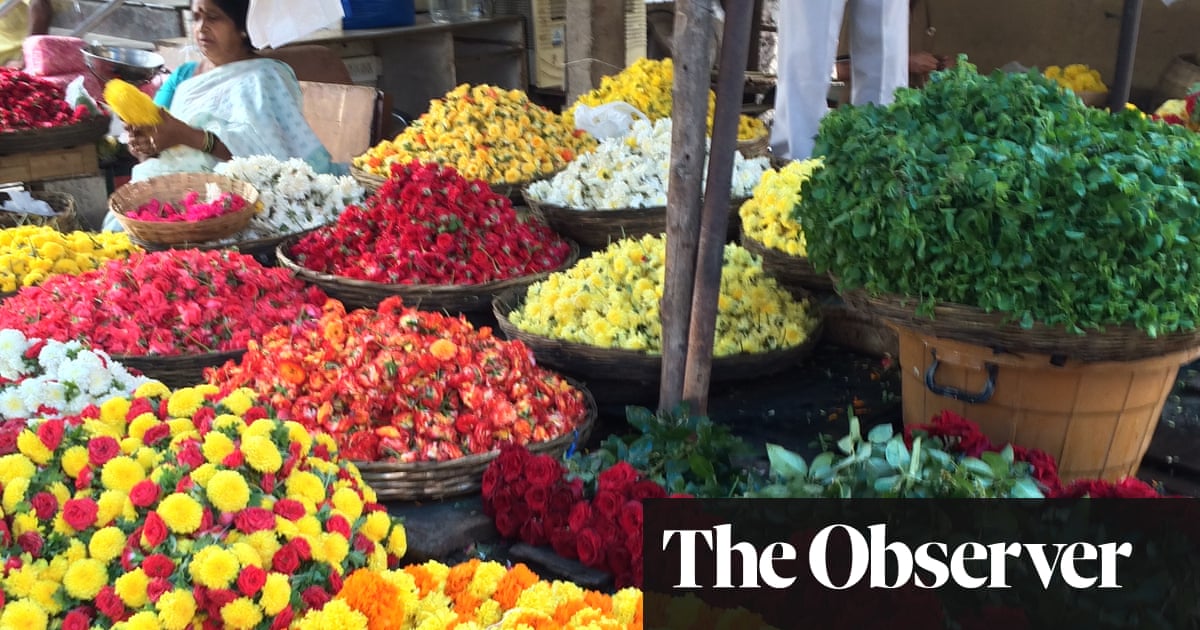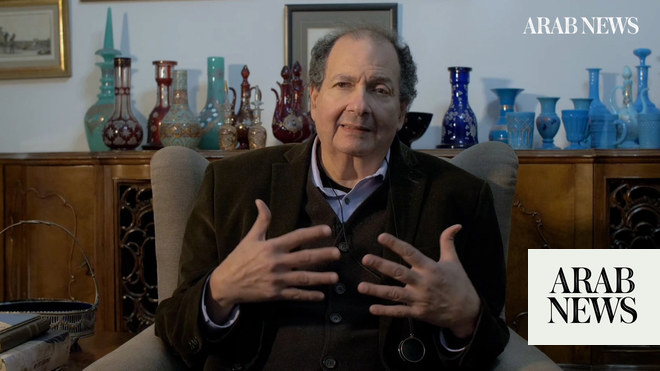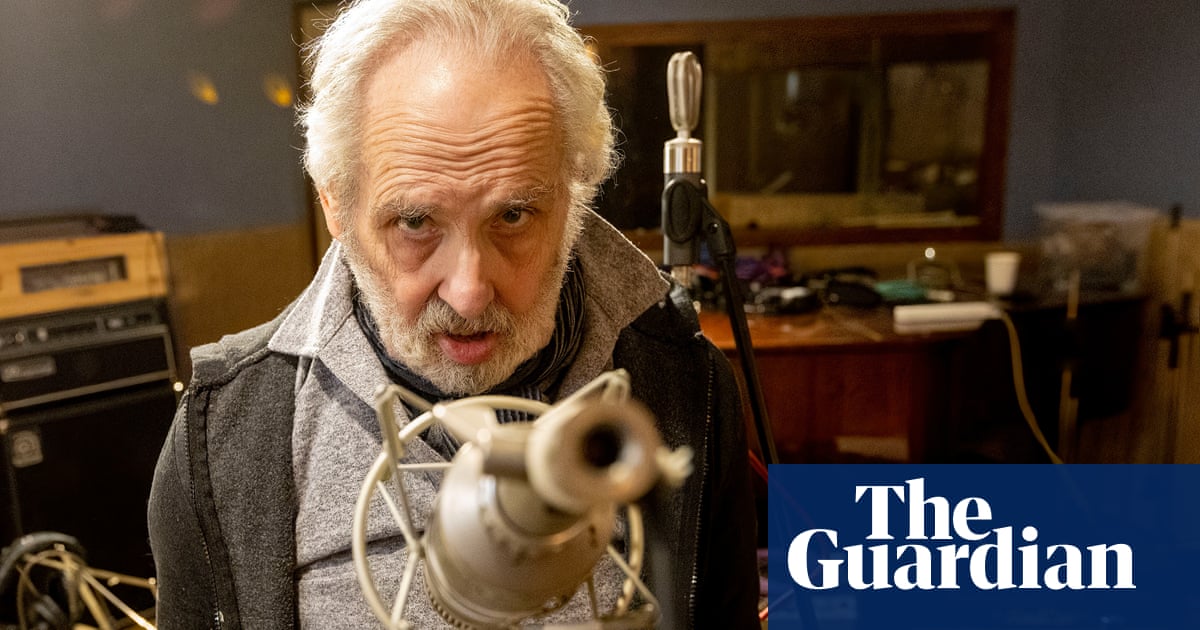
In the mountains overlooking Beirut, not far from Harissa, the artist and architect Nadim Karam has built the studio of his dreams. It is, he says, a place where he can reflect, create and experiment.
“It portrays my architectural work and, at the same time, it’s a place — a platform — from which I can produce my work,” he says. “Which is fantastic, because you build something that fits you completely. And that’s important in life.”
Not far away, just up the hill in fact, is the family residence, a restored traditional Lebanese stone house that has been renovated by Atelier Hapsitus, the interdisciplinary group Karam founded in 1996. Whichever way you look at it —professionally and personally — Karam appears to be very much at home.
“We feel good about what we are doing in Beirut because all the projects that we’re doing worldwide start from here,” he says. “And that’s a very important point for me. That the germs of the idea grow here.”
Arguably best known for his large-scale urban art projects, the personal studies and rich symbolism behind much of Karam’s artwork is to go on display for the first time later this month. The location? Karam’s studio in Daroun-Harissa.
Curated by Rachel Dedman, “Shorthand: Nadim Karam, Notes from the Archive” will showcase the sketches, paintings, archival video and photography behind Karam’s monumental sculptures.
“Public art is very important for a city,” says Karam. “It’s an organic presence first of all and cuts through the presence of concrete. It cuts through the geometry, the regularity of the streets, the urban context, and brings another spirit altogether. It brings the spirits of dreams and stories; it just makes you stop on your way to work. It’s different to the ordinary lives and routines that we go through. You question yourself — you question your existence — even if it’s for a moment. It gives you the chance to dream for a moment.”
‘Spaces in Between.’ Brussels
This is my most recent work. It is in front of Villa Empain — a foundation that mainly deals with the relationship between East and West. One side [of the work] has a button central to it, while the other is perforated. They kind of complement each other but there are ambiguous areas and boundaries where they don’t necessarily connect in terms of the design. The idea is to show that we try to reach each other in terms of thought, but there are always hindrances.
‘Archaic Procession.’ Beirut (1997 to 2000)
This was a procession of humanoids, animaloids and objects that could be interpreted any way you want. Every few months we would change their location. On a night when there was no moon we would move them and by seven in the morning they would be somewhere else. Just to create excitement and a story. To make people wonder and ask more questions about our city center after the war and what it could generate for Beirut. There was a kind of story created — a very simple story in order to give people the chance to project their own imagination into the project. It was an apolitical act.
‘The Three Magic Flowers of Jitchu.’ Todaiji Temple, Japan (2004)
itchu was a monk who lived in the Nara era and came from our region. It could be Iran, it could be India, or it could be nearer. They never could define where he came from. He created an esoteric performance and a temple around it. I spent 10 years in Japan studying something called Butai-zukuri — which is staged temples — and one of the most living performances is still the staged temple that Jitchu created. It took me 20 years of discussions with the monks to convince them to let me (do this). It lasted for just two weeks. I created three flowers — the magic flowers of Jitchu — and put around 1,000 small sculptures in the water. There were about 50 student volunteers who came to plant the sculptures. It was a fantastic experience.
‘The Travellers.’ Melbourne (2006)
This bridge used to be a railway bridge and when they stopped the rail in that area they were thinking of removing the bridge. In 2006, the Queen was due to come to Melbourne for the Commonwealth Games and they wanted to decide quickly what to do with the bridge. I was invited to give a conference in Melbourne and was invited to the infrastructure department, where they showed me this project. We submitted a proposal to keep the bridge and convinced them to place large-scale sculptures on it that would represent the different stages of migration into the city. We reinstalled the rail and the remote-sensing system and the sculptures move three times a day — morning, noon and night. It became the urban clock of Melbourne. It’s still there and is a permanent project for the city.
‘Politics of Dialogue: The Merry-Go-Round.’ Venice (2019)
This is still there if you happen to be in Venice. It has several faces, each made of a comic shape, and they’re just talking to each other, although what they’re saying doesn’t necessarily make sense. They’re permanently rotating. If you put politicians on a platform and you put them somewhere, the discussions just rotate indefinitely. It could refer to Brexit. It could refer to the EU. It could refer to our region.
‘T-Race PCB-137.’ Prague (1997)
This was one of my first projects. It’s about Kafka and Kandinsky meeting on the Manes Bridge in Prague. Of course it’s all fantasy. At the time I asked Pierre Restany, who was a very well-known art critic, if Kafka and Kandinsky could have met at any time in Prague, and he said yes. Because Kandinsky, who came from Russia, would go to Munich and he could have passed through the city where Kafka lived. So we created a whole story around that, with the sculptures placed parallel to the Charles Bridge. It had a very strong visual energy.












